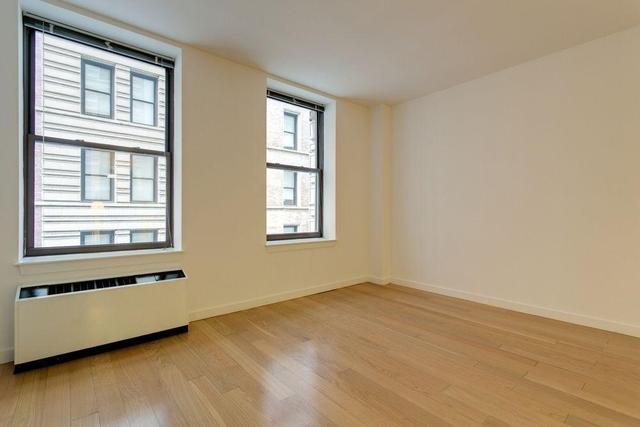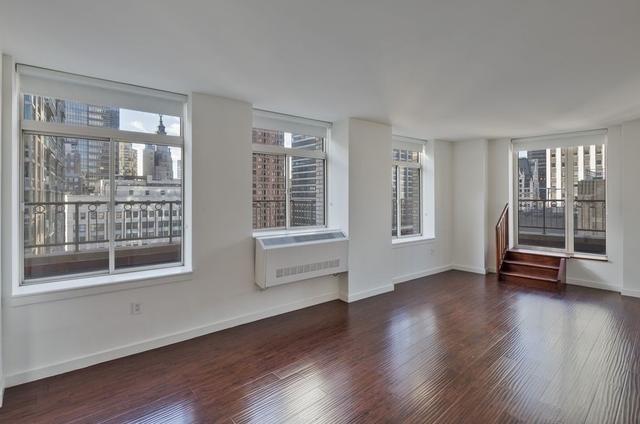
Why Do You Need to Maintain a Rent Ledger?
By: ROS Team
If you are paying half of your gross rental income to meet the operating expenses of your property, then it makes good business sense to collect rent as quickly as possible. Even if you have one rental unit in your investment portfolio, you are likely to forget to collect late fee charges. You may also be unable to find new opportunities to earn more rental income from the property. That is why a ledger for rental property is a crucial and effective tool for maximizing cash inflow and increasing property value.
1) What is a Rent Ledger
2) Why Do You Need to Maintain a Ledger for Property
3) What Does a Ledger for Rental Property Do
4) What Information is Included in a Ledger for a Rental Property
5) Rent Ledger Uses
6) Benefits of Having a Ledger for Rental Property
7) How to Use Ledger for Property in Case of an Eviction Action
What is a Rent Ledger?
A rent ledger, or a tenant or lease ledger, is an official record of all rent payments that the tenant pays during their lease term. The rental ledger used to be a hardcopy document, but now, thanks to technology, there are electronic versions available.
The rental ledger operates a little differently than the software property management agencies use. But it still works well for capturing rent payment due dates and the date the payment is received.
Moreover, the rental ledger also documents:
- The number of receipts;
- The total amount paid each month; and
- The total arrears amount.
Why Do You Need to Maintain a Ledger for a Rental Property?
Experts recommend using a rental ledger because it helps landlords better manage their rental income. A ledger is also beneficial for the tenant because he or she can obtain a copy of all their rent payments for their records.
In addition, tenants can also use rent ledgers to support future rental applications because the records will show their payment history.
What does a Ledger for Rental Property Do?
A rental ledger is a tool property owners and property managers can use to get a sense of the rental payment status of their tenants. It usually documents the tenant’s monthly rent amount. The total amount the tenant has paid, the date of payment, and when their next payment is due. Property owners can also use rent ledgers to see whether any of their tenants have an outstanding balance so they can assess the tenant a late fee.
Rent ledgers allow property owners to view their combined gross income and the total account receivable income for their rental property, which helps them better manage their cash flow.
What Information is Included in a Ledger for a Rental Property?
In addition to all the payment details, a well-designed rental ledger also includes the following:
- The Property’s Address
- Owner’s Name
- Property Type (i.e. single family, multi-family, short-term rental, etc.)
- Lot Size
- Tenant’s Name
- Property Specifications, such as square footage, number of bedrooms, etc.)
- Lease Term Dates
- Total Monthly Rent and any other Fees Assessed during the Lease Term
- Rent Due Date
- Last Rent Payment Date
- Security Deposit Amount
- Any other Relevant Notes
Rent Ledger Uses
Stakeholders may use rental ledgers in different ways depending on why it’s being used.
-
Investor
A rental property investor can use the ledger for rental property to identify potential problems with cash flow before they occur. In addition, investors can use ledgers to find new cash-generating opportunities for their investment property. The rental ledger also gives property owners a way to review their incoming rent payments and evaluate which direction their investment business is trending financially.
For example, if the rental ledger indicates that rent income is declining. The property owner can focus on the things that may be contributing to the decline and explore solutions. In addition, if a home is older, it may take a bit longer to get a new tenant. Which ultimately increases the vacancy rate over the year end impacts overall cash flow.
On the other hand, if the tenants residing in your property renew their lease every year. The investor may start to believe that it could lower the turnover. Property should consistently generate income regardless of whether or not you have new tenants.
With that in mind, the rent ledger can help homeowners find new opportunities to boost income. If the property is generating less income than expected, there is a chance that it could be due to a lack of interest by the owners when it comes to routine property maintenance. If the owner wants to increase his return on investment (ROI), he should invest a little more in maintenance. The improvement of property management will ultimately attract better tenants who will also be willing to pay more than the market rental rate. This will have a cumulative impact on the increase in cash flow.
-
Property Manager/Landlord
In some cases, real estate investors hire property managers or landlords to manage the day to day operations of their property. Property managers/landlords have a responsibility to ensure the home is well-maintained and the rental income is being maximized.
Reviewing the rent ledger provides crucial information to the property manager about the due date of rent payments, whether the tenant is late paying rent, and whether or not the tenant should be assessed a late fee. The ledger will also indicate if a late fee notice is required before charging the tenant a late fee.
When a property manager sees that a tenant’s lease is due for renewal, he can better prepare by discussing the tenant’s rental plans and, if the tenant decides to renew, getting the necessary documents to the tenant in time to complete the process. Meanwhile, ledgers will also allow the property manager to conduct a rent increase if an increase is due per the terms in the lease agreement.
-
Lender
Net operating income (NOI) and the home’s debt service coverage ratio (DSCR) play key roles in whether lenders approve or deny a property loan. The rent lodger can predict whether the NOI for the property is being generated, and it can help calculate the DSCR. Which is used to compare the monthly mortgage payment that is factored into the NOI. A rent ledger is also used in forecasting future cash flow after the mortgage and operating expenses have been paid.
For example, suppose a property is a multi-family home that generates a gross income of $4,000. The other regular operating expenditures amount to 50% of the gross income. In that case, the NOI produced by the home is about $2,000 per month. This information will, in turn, help lenders determine the risk level of the loan.
-
Tenant
Tenants can use a copy of the rent lodger to gain a competitive edge when applying to rent a new home. It can come in handy during the screening process because the rent lodger illustrates the tenant’s payment habits and history. It can be one of the most compelling documents provided to a prospective landlord and has the ability to speed up the new tenant approval process.
Rent lodgers also come in handy for tenants if there’s ever a payment dispute or a questionable eviction. In addition to this, the tenant can use the rent lodger as a way to show his rental history. If he finds any mistakes in the rental ledger, he can ask the landlord to rectify it.
Rental Ledger Template
Rental ledgers are fairly basic, so you can use a general template to create or recreate one. A typical rent ledger looks like this:
Benefits of Having a Ledger for Rental Property
Rent payments generate cash inflow, which enables investors to buy more real estate. Investors are not only getting the cash flow, but they are also going to see their property value increase over time along with some great tax benefits.
-
Improved Financial Performance
An investor can determine how quickly they pay operating expenses at the property. By calculating their monthly mortgage payments and repair costs. The investor will have a good idea how much rent needs to be.
If they decide to refinance their property, they can use the ledger to show their property’s financial performance. They can then decide whether or not they are in a position to apply for a loan.
-
Identify Opportunites
A ledger for rental property will help real estate investors identify their current cash flow by property. If a property is not generating income, it will show up on the ledger.
The rental ledger also reveals long-term property trends. For example, if the property’s rent is increasing year after year, it means that there is a strong demand for the property. On the other side, if a single-family home isn’t generating as much rent as it could, or that the cash flow has decreased over time. There is a chance that the property needs to be updated with new appliances and a fresh coat of paint.
How to Use a Ledger for a Rental Property in the Case of an Eviction Action?
The rental ledger can support the eviction process by providing it as evidence in front of the court which states that the tenant has breached the agreement laws by not paying the property rent. It will also help you find out whether your data regarding the rental income is valid or not.
For providing it as evidence, the data should be kept up to date, and all the payments should be entered accurately and on the exact date. While bringing an eviction case in front of the court, you will need the following things to prove.
- The ownership of property is yours
- You have written the, or you have an oral agreement that has a specific rent amount signed by both parties.
- The date when the tenant breached the agreement due to failure to pay the rent.
- Proof for the provision of notice to the tenant for rental payment.
Final Words
A good rent ledger is a huge asset in the real estate business. A rental ledger is a way to track rent payments at all rental properties. It is also helpful for tracking which property managers are monitoring the property and all property transactions.








